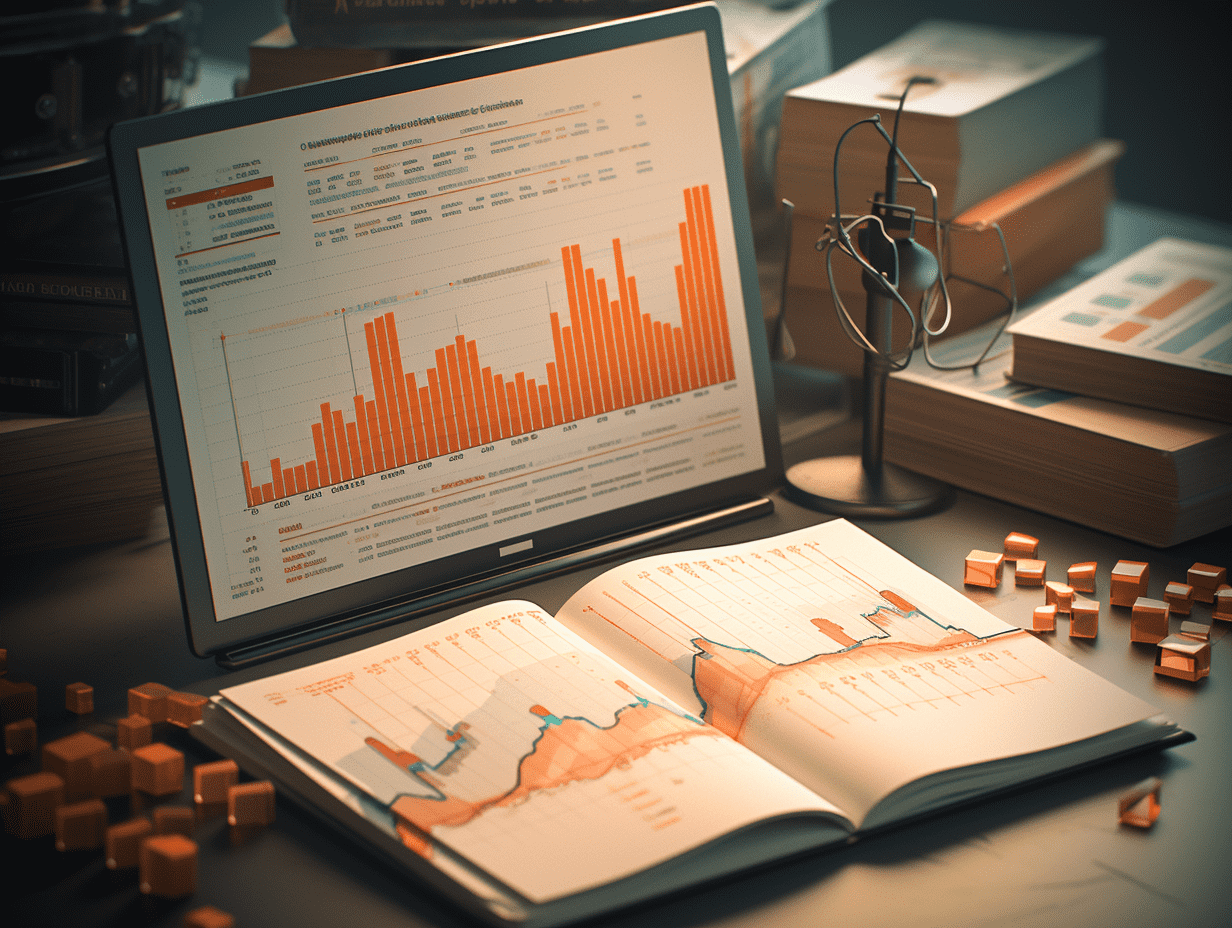SINOSYNERGY (09663): Fell 22% in a day, unable to withstand the industry's four-year accumulated loss of 1.6 billion.
Although it may appear that "long slope thick snow," hydrogen energy is still in the early stages of industrial development, and profitability is certainly a widespread issue in the industry.
"One day fell back to before liberation" is not an uncommon occurrence in the Hong Kong stock market. This scene was prominently played out today (September 24) on SINOSYNERGY (09663).
On that day, SINOSYNERGY plunged rapidly in the morning session, quickly dropping from an increase of about 1% to a decrease of over 18%, and then the stock price continued to fall, dropping over 23% at one point during the day. By the close of trading, its stock price had plummeted by 22.27% to 19.2 Hong Kong dollars, with a total market value of 9.946 billion Hong Kong dollars.
Not long ago, SINOSYNERGY's stock price had just experienced a rise, from September 10 to September 23, showing a continuous upward trend with a cumulative increase of over 37%. Now, a drop of over 22% in one day can be said to almost wipe out the cumulative gains of the previous 9 trading days. It's worth noting that on that day, the hydrogen energy concept sentiment in the Hong Kong stock market was still on the rise, with the sector as a whole rising by 3.69%. Such a stark contrast cannot be ignored.
From a news perspective, the large drop in SINOSYNERGY's stock price this time did not appear to be due to any significant negative news, so it may have been due to profit-taking.
However, it is worth noting that as a newly listed stock in the Hong Kong stock market, SINOSYNERGY has experienced "cold water" from the market before from April 2 to July 2 this year, the stock price continued to decline, falling by over 50% during that period.
So, what secrets are hidden behind the market frequently pouring "cold water" on SINOSYNERGY?
Further expansion of losses, the difficulty of profitability remains a difficult problem to solve
SINOSYNERGY is a leading technology hydrogen fuel cell company in China specializing in the research, development, production, and sale of hydrogen fuel cell stacks and systems.
With the global consensus on the "dual carbon" strategy, constructing a new energy system has become an inevitable trend for the future development of all countries. Hydrogen energy, as a green energy source with multiple advantages including high energy density, good combustion performance, and zero pollution, has gradually become an important part of the global energy transformation process.
Benefiting from policy support and continuous industry progress, China's hydrogen energy industry has now produced a number of excellent hydrogen energy companies, with SINOSYNERGY among them.
According to data disclosed by Frost & Sullivan, based on the shipment volume of hydrogen fuel cell stacks, SINOSYNERGY has ranked first for six consecutive years from 2017 to 2022, making it one of the leading hydrogen fuel cell companies in terms of technology in China. Additionally, SINOSYNERGY's fuel cell products are currently widely used in various types of vehicles such as buses, logistics vehicles, heavy trucks, trams, and ships, with over 5,000 vehicles installed across more than 40 regions in 20 provinces nationwide, indicating a relatively broad overall business coverage.
However, despite SINOSYNERGY's leading position, the top challenge it faces the difficulty of profitability, remains a priority issue to be solved.
According to the latest interim report on performance, in the first half of 2024, SINOSYNERGY's revenue was RMB 133 million, a decrease of 37.3% compared to the previous period; the company's attributable losses to owners were approximately RMB 212 million, compared to approximately RMB 124 million in the previous period, further expanding the losses.
Regarding the decline in performance in the first half of this year, SINOSYNERGY stated in the announcement that with the new generation of products entering the mass production stage, the company continued to increase research and development investment in various key projects such as hydrogen fuel cell stacks, systems, power generation systems, and electrolysis water hydrogen production, leading to an increase in research and development expenses compared to the same period last year, as well as an extension of accounts receivable aging in the first half of the year leading to an increase in credit impairment allowance.
In fact, looking back over a longer period of time, the difficulty of profitability has always been a major issue for the company financial report data shows that from 2020 to 2023, SINOSYNERGY's net loss after tax was RMB 221 million, RMB 703 million, RMB 280 million, and RMB 408 million, totaling a cumulative loss of RMB 1.612 billion over four years.
SINOSYNERGY's continued losses are also related to its high accounts receivable and research and development investment.
According to the financial report, in 2023, SINOSYNERGY's research and development investment was RMB 151 million, accounting for 21.57% of operating income. At the same time, accounts receivable and bills receivable totaled a high of RMB 1.443 billion, more than double the operating income, clearly exacerbating the company's profitability issues.
Moreover, the continuous rise in administrative expenses also seems to be a major reason for its continued losses. According to the previous prospectus, among SINOSYNERGY's expense items, administrative expenses are currently the largest. In the first five months of 2020, 2021, 2022, and 2023, the company's administrative expenses were RMB 150 million, RMB 616 million, RMB 181 million, and RMB 65.703 million, respectively, with a total accumulated administrative expenses of RMB 1 billion over three years and five months.
With continuous losses, it is unsurprising that investors have lost interest in SINOSYNERGY.
Industry facing challenges, but investment confidence needs to be rebuilt
As an important part of clean energy, from the perspective of industry development potential, the hydrogen fuel cell industry in which SINOSYNERGY operates is clearly a major race track with challenges ahead.
The hydrogen energy industry chain is divided into upstream hydrogen production, midstream hydrogen storage and transportation, and hydrogenation, and downstream hydrogen application. SINOSYNERGY is located in the midstream of the industry chain, with the main products being hydrogen fuel cell systems, mainly selling buses, logistics vehicles, heavy trucks, trams, and ships.
Looking at the development of the entire industry, whether it is hydrogen energy or hydrogen fuel cells, they are still in the early stages of development. But because hydrogen energy is a green energy source, it is also receiving strong support from national policies and local governments.
The National Development and Reform Commission and the National Energy Administration jointly issued the "Medium and Long-Term Plan for the Development of the Hydrogen Energy Industry (2021-2035)" on March 23, 2022, approving the efforts of Guangdong Province and Beijing.Five demonstration cities for hydrogen fuel cell vehicles, including Beijing, Shanghai, Henan Province, Hebei Province and other provinces. Many regions have also released hydrogen-related industry or subsidy policies, intending to actively enter the hydrogen energy industry.With the strong support of national policies and the continuous improvement of the commercialization capability of the industry, China's hydrogen fuel cell industry is expected to enter a high-growth stage, with promising development prospects.
According to Frost & Sullivan, the compound annual growth rate of China's hydrogen fuel cell system is expected to be 99.2% from 2023 to 2027, and 46.3% from 2028 to 2030. In terms of sales value, the expected market size of China's hydrogen fuel cell system is projected to increase from 6.2 billion yuan in 2023 to 45 billion yuan in 2027, and 116.7 billion yuan in 2030.
However, it is worth noting that although the future looks promising, profitability is still a common challenge for the industry as hydrogen energy is still in the early stages of industrial development.
From 2020 to 2023, SINOHYTEC incurred losses of 0.23 billion yuan, 1.62 billion yuan, 1.67 billion yuan, and 2.43 billion yuan respectively, totaling 5.95 billion yuan in 4 years. From 2021 to September 2023, Reformation Energy incurred losses of 6.54 billion yuan, 5.46 billion yuan, and 4.60 billion yuan respectively, totaling 16.6 billion yuan.
The profitability challenges faced by these companies are due to the industry being in its early stages of commercialization and the uncertainties in the development of hydrogen energy commercialization scenarios.
Specifically, the industry being in its early stages of commercialization is reflected in the immature market development, incomplete industrial chain, resulting in a relatively small market size, and the development and promotion of application scenarios still require time. For example, the lack of hydrogen refueling stations and other infrastructure has limited the convenience and operating range of hydrogen fuel cell vehicles, thereby affecting the sales and market expansion of enterprises.
The uncertainty in the development of hydrogen energy commercialization scenarios is reflected in the impact of policy fluctuations and unstable customer demand. Changes in subsidy policies, adjustments to the approval process for hydrogen refueling station construction, etc., may affect market expectations and business layouts of enterprises. Some customers may postpone or cancel orders due to changes in market environment or adjustments in their own business, affecting the revenue growth of enterprises.
These various limiting factors have added some "fog" to the future development of the industry.
In conclusion, although SINOSYNERGY has a significant market position and strong technological capabilities, factors such as industry uncertainties and growing losses may lead investor confidence in the secondary market to decline, which is understandable.
Related Articles

US Stock Market Move | AstraZeneca PLC Sponsored ADR (AZN.US) rose more than 4% in pre-market trading, with core Q3 earnings per share exceeding expectations.

AI-driven demand boosts Backblaze's performance, with strong cloud storage business helping to achieve profitability.

CIRC(01763): The exhale diagnostics product has been awarded the national pharmaceutical industry single event championship.
US Stock Market Move | AstraZeneca PLC Sponsored ADR (AZN.US) rose more than 4% in pre-market trading, with core Q3 earnings per share exceeding expectations.

AI-driven demand boosts Backblaze's performance, with strong cloud storage business helping to achieve profitability.

CIRC(01763): The exhale diagnostics product has been awarded the national pharmaceutical industry single event championship.

RECOMMEND

SERES Faces Market Test in Hong Kong: Shares Open Below Issue Price Despite HK$220 Billion Market Valuation
06/11/2025

Copper Prices Surge While Former “Copper King” Who Outpaced Huawei and Tencent Falls into Decline
06/11/2025

National Energy Administration Reports New-Type Energy Storage Capacity Exceeds 100 Million Kilowatts by End‑September
06/11/2025


